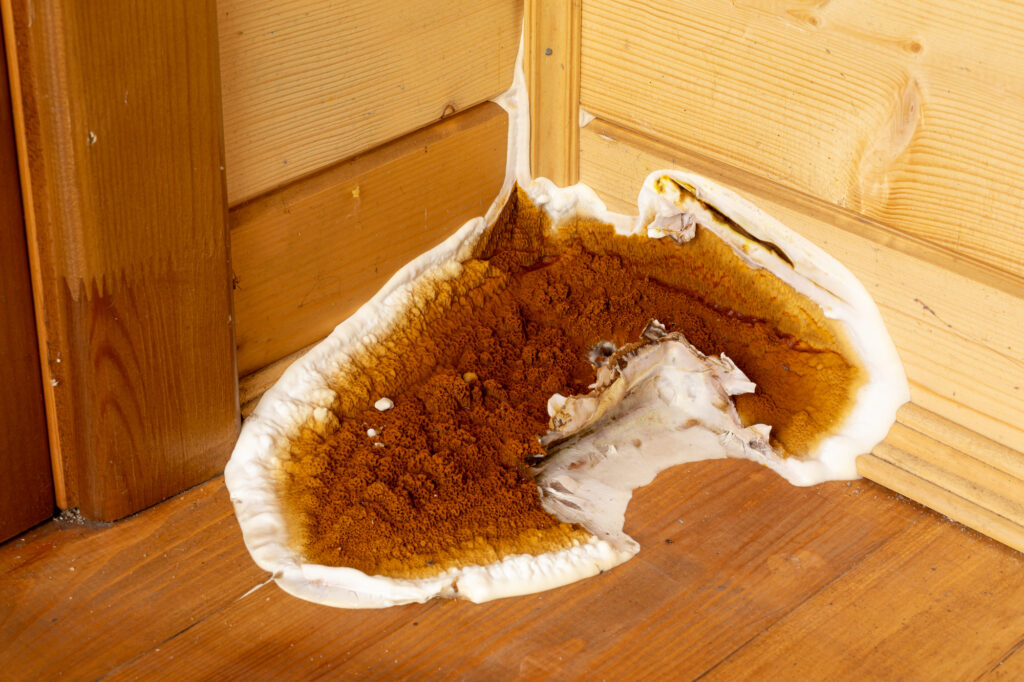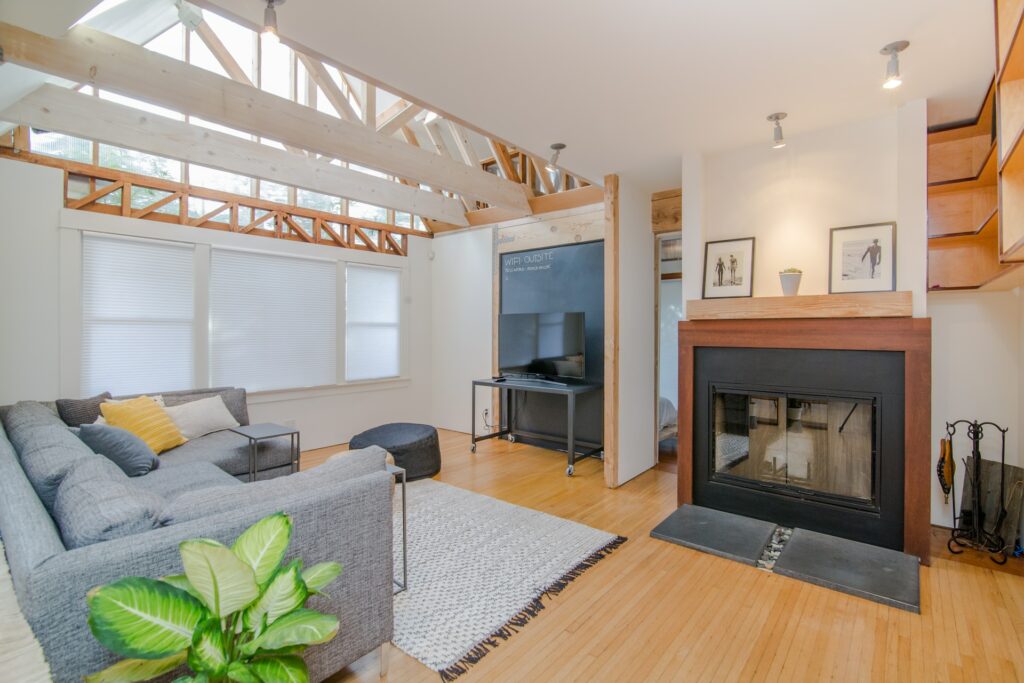An inspection of the entire house is necessary after heavy rains. Indeed, the foundation, structures or even electrical installations may be affected. Fortunately, it is possible to limit the damage caused by bad weather. We guide you on what to look for after heavy rain. At the same time, we provide you with the actions to take depending on the circumstances.
Inspect the terrain
This is one of the first reflexes to have after heavy rains. An inventory allows you to assess the extent of any damage. We encourage you to react as quickly as possible if the property is established on a sloping surface. This implies, in fact, that rainwater was able to flow to the foundations, a situation weakening the structure.
Installing flower beds is an initiative to consider in this circumstance. These elements will absorb moisture from the ground. The downside? They only represent a temporary solution.
Use a French drain
Associating your home with a French drain is mandatory in Quebec. This structure finds its place at the level of the foundations, under the housing to be more precise. This drainage system will allow surface water to be evacuated. This protects the property from flooding and mold growth.
Avoiding mold is important for human comfort and health. Do not hesitate to check the presence of a French drain on your property. If he is there, check his condition. If this is not the case, be sure to install it before the heavy rains arrive. In addition to protecting your building, you ensure that you comply with current regulations.
Examine the roof
This operation is necessary after a storm and strong winds. You will then have to go to the roof. Take photos and notes of any damage observed. This includes missing tiles, loose pieces, and holes. They will be able to serve as supporting documents to present to your insurer, if necessary. Do not hesitate to call on a specialist to take care of this.
Check the water drainage system
Take a close look at the gutters and metal flashing. These elements can be damaged by disastrous weather conditions. And it is possible that some structures are defective. They must then be repaired.
Water damage can occur within the building if you wait too long before starting work. Moisture is likely to form on the roof beams and under the flashing. So be sure to act as soon as possible. This will also prevent the appearance of mold.
Checking doors and windows
Insulating doors and windows is essential in bad weather. If this parameter is neglected, it can cause heat loss, a source of discomfort for tenants. Also, this can lead to water infiltration.
The inspection of doors and windows then makes it possible to detect the presence of cracks, breaches or holes. Caulking is necessary in case any material has come loose.







About The Author: Cedric Pharand
More posts by cedric Pharand